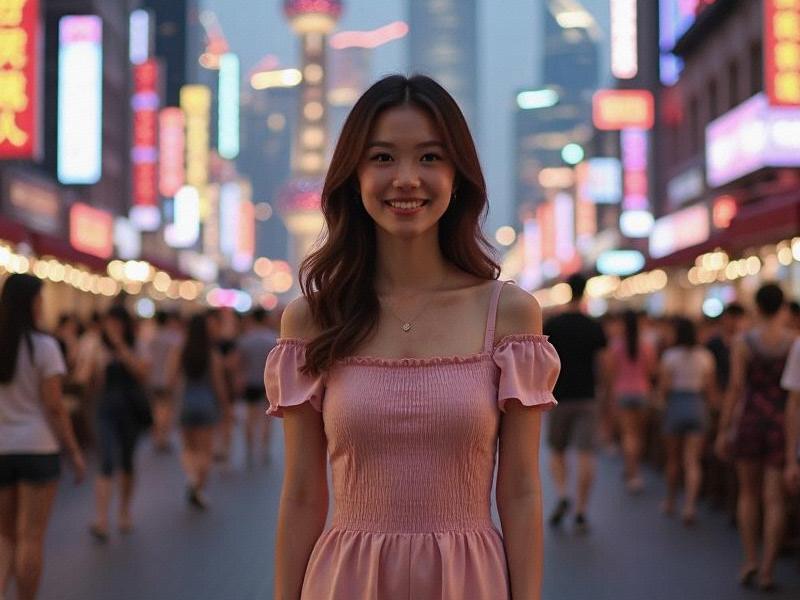This feature explores Shanghai's unique urban duality as it transforms into a 21st century smart city while consciously preserving its architectural and cultural heritage.

Shanghai stands as a living paradox in urban development - a city racing toward the future while carefully preserving footprints of its storied past. This delicate balancing act has created what urban scholars call "the Shanghai model" of metropolitan evolution.
The contrast is most visible along the Huangpu River. On the Pudong side, the Lujiazui skyline grows more futuristic by the year, with the 632-meter Shanghai Tower anchoring what's become the world's most concentrated cluster of supertall skyscrapers. Just across the river, the Bund's European-style buildings remain frozen in their 1930s grandeur, protected by strict preservation laws.
阿拉爱上海 This duality extends beyond architecture. In Xuhui District, the former French Concession's plane-tree-lined avenues now house both traditional shikumen residences and avant-garde tech startups. The Tianzifang arts district demonstrates how traditional lane houses (longtang) can be adaptively reused for modern galleries and cafes without losing their historical character.
Shanghai's municipal government has institutionalized this balance through its "Historical Cultural Protection Lines" policy, which designates 1,258 protected areas across the city. "We're not museumifying Shanghai," explains urban planner Zhang Wei. "The goal is organic integration where heritage buildings find new purposes that serve contemporary needs."
上海夜生活论坛
The city faces significant challenges in maintaining this equilibrium. Rapid commercial development pressures historical neighborhoods, while younger residents increasingly prefer modern amenities. The controversial demolition of parts of the old city wall in 2024 sparked protests, leading to revised preservation guidelines.
爱上海同城对对碰交友论坛 Technology plays a surprising role in preservation efforts. The Shanghai Urban Planning Exhibition Hall uses augmented reality to show how historical sites appeared decades ago, while blockchain technology authenticates and tracks preservation efforts for protected buildings.
As Shanghai prepares to host the 2026 World Expo, its dual identity has become a point of civic pride. "New York has its energy, Paris its beauty," says historian Li Bowen, "but only Shanghai offers this perfect tension between memory and ambition." The city's ability to maintain this balance may well determine whether it becomes the model 21st century metropolis it aspires to be.